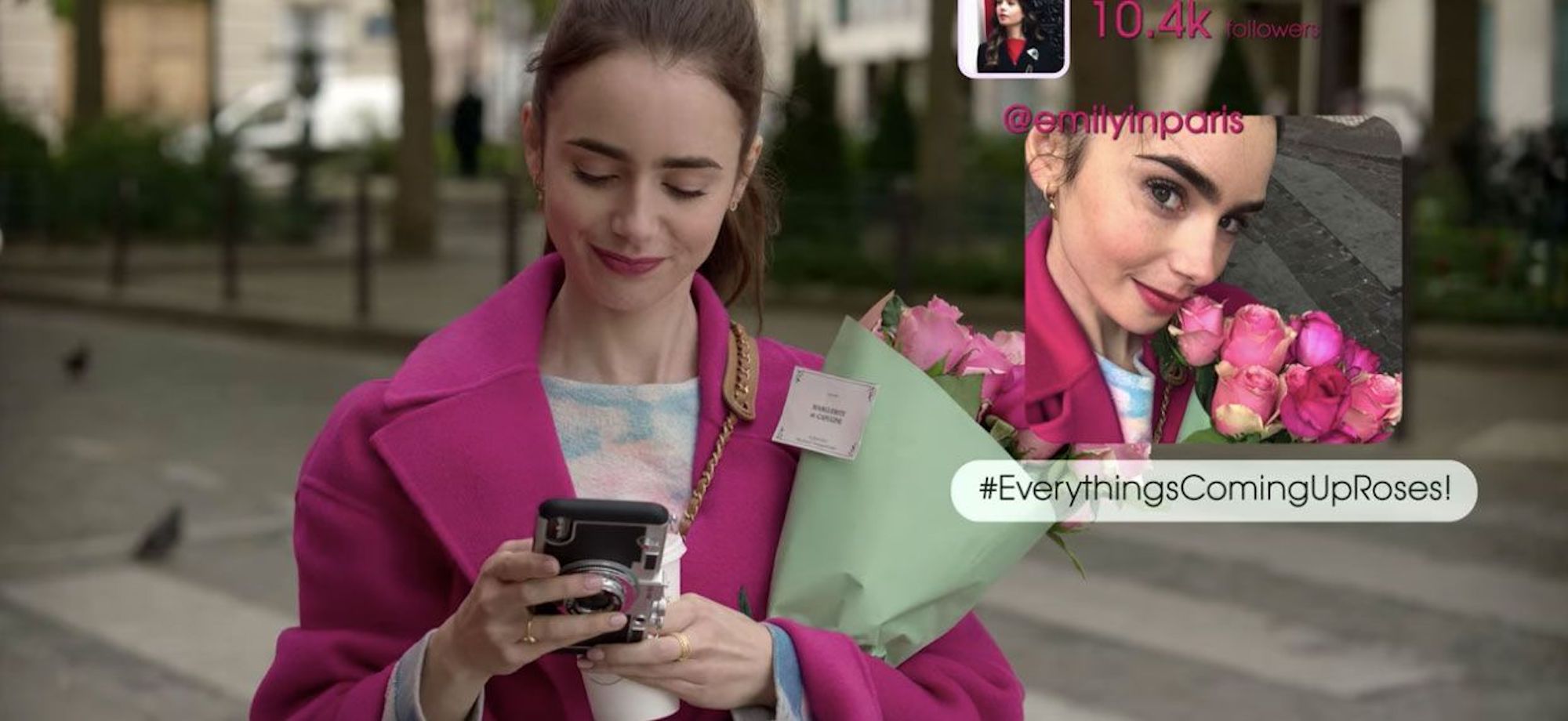You may have heard that the hyper fast speed in which we’re cycling through nostalgia trends online means those twee fashions of the 2010s are already coming back to our wardrobes. But it seems cursed cardis and moustache tees are not the only things back on the agenda. Recent updates from Instagram suggest the Meta-owned platform is also leaning into early 2010s nostalgia with plans to bring back the chronological feed. Now, despite a societal push for authenticity on the photo-sharing app, a reputable leaker has reported that users will soon be able to further curate and aestheticise their profiles with an “edit grid” option.
In a tweet, Alessandro Paluzzi — known for reverse engineering apps to find out their upcoming updates and currently tested features — shared that current plans from developers could be to give Instagram users the “ability to edit the profile grid, allowing you to rearrange posts in any order you like.” Images in his tweet show a proposed “edit grid” button in the “profile settings” section, which will then allow each post to be drag and dropped into a new order on your profile. It’s similar, in a way, to Twitter and TikTok’s pinned posts feature, but goes further; allowing for a profile to be completely rearranged and be entirely non-chronological.
“Big win for aesthetic profile enthusiasts,” responded one account to Alessandro’s tweet. You can just imagine the Kanyes of this world aggressively micro-organising their Instagram page every waking minute, one eye twitching as they fret over which three posts will make the top line of their grid. Others, though, questioned whether the update would make our profiles regimented and inauthentic, less of an “album of memories” we tend to see the platform as. But maybe a move away from this concept of social media authenticity is a good thing, actually?
In truth, the idea that Instagram could ever be grounded in authenticity was unrealistic in itself. In 2019 The Atlantic reported that “the Instagram Aesthetic Is Over”; arguing we’d grown tired of the glossy pics of coffee and selfies in front of millennial pink backdrops showcasing a care-free lifestyle, instead embracing ad-hoc posts that are more true to life. In 2020 we started to embrace the “photodump” — a carousel of unrelated, often-unedited pictures slapped onto our feeds as an insight into our unfiltered lives.
But even the posts we seemingly throw onto the feed with little thought (or indeed the ones with deep personal captions bearing our soul) are things we specifically want to be made public, and as a result can never be a genuine insight into someone’s life. Unlike TikTok or Twitter — which foster a more reactive, spur-of-the-moment culture that responds to current trends and discourse — the Instagram grid is about sharing curated memories, and thus, by its very nature, can never be authentic. It’s as put together as our outfit choices and just as un-objective in what it says about us. Perhaps then, we should stop treating it like it is?
As many studies have found, the way we currently use Instagram feeds into a comparison culture that is having a negative effect on our mental health. We see the way other people’s lives play out in the videos, stories and feed pics (often a collection of their happiest moments) and ask why our own lives aren’t quite so busy or exciting. Though it’s unlikely Instagram is testing the feature to combat this behaviour — a series of leaks to The Wall Street Journal found the platform knows it’s toxic but hasn’t made any meaningful change for the better — the option to curate your grid could go some way to dismantle this illusion that our profiles are like a diary. We’re more likely to view the profile as an aestheticised space and not a timeline, and perhaps less likely to see it as being representative of the user’s life.
Obviously there are elements of fakeness on the platform — retouching and photoshopping bodies to set or fit a beauty standard — that need to and should be called out, but perhaps it’s time we stop treating curation on social media as a bad thing? The idea of true authenticity is in itself a vague standard almost impossible to achieve on a platform like Instagram, so maybe it’s time we go the other way and take social media aestheticisation to the extreme. Let’s embrace a hyper-curated, yassified digital presence so far removed from reality it can’t be compared to it. Instead, return to those 2013 days when Selena Gomez would put an Instagram filter on top of an already Snapchat-filtered photo, giving everything a weird purple haze. Or when Kim Kardashian would put a black border around everything as if she shot it on a retro camera and not the iPhone 5S. Yes, it was fake but everybody knew it.
Follow i-D on Instagram and TikTok for more on internet culture.


